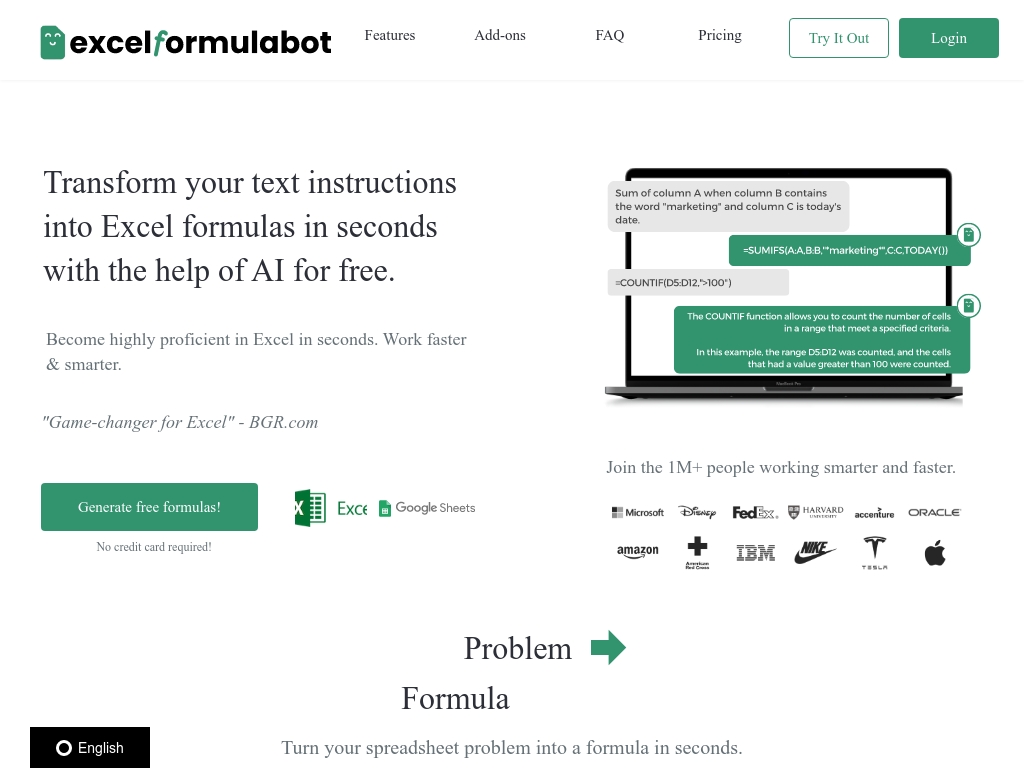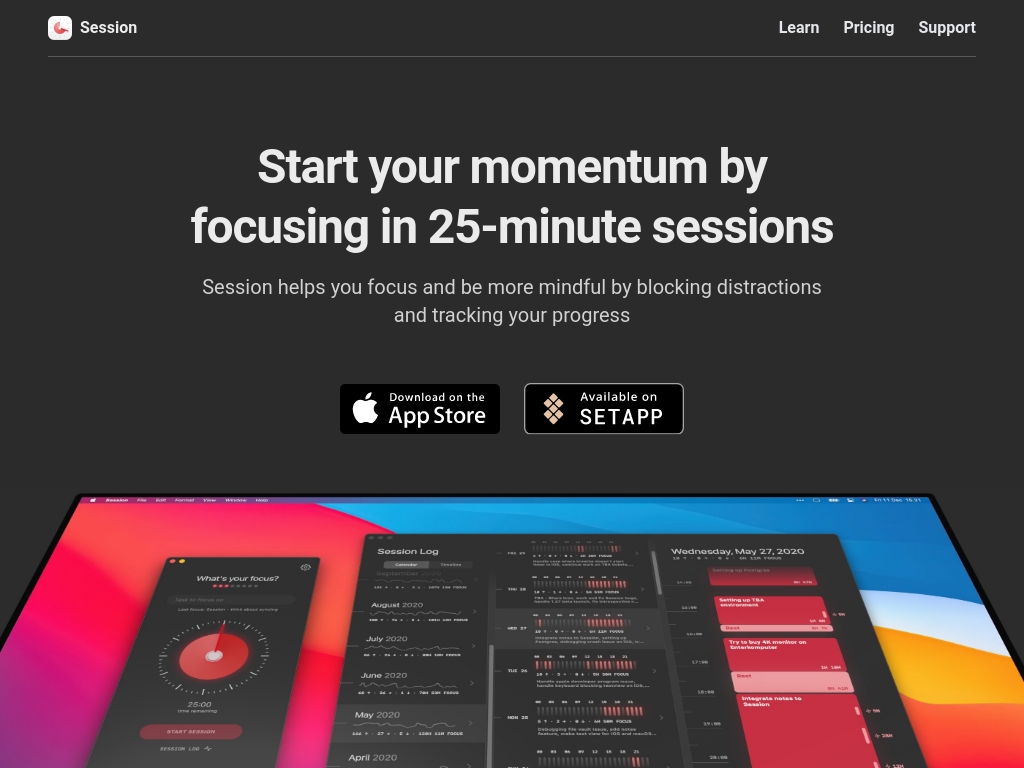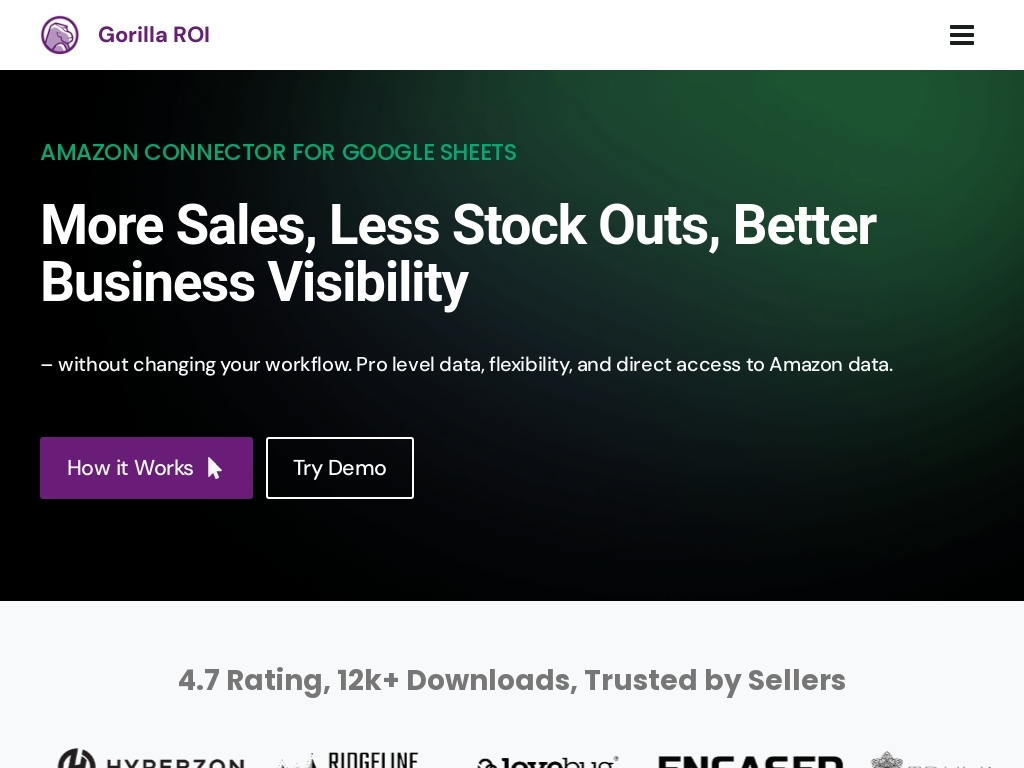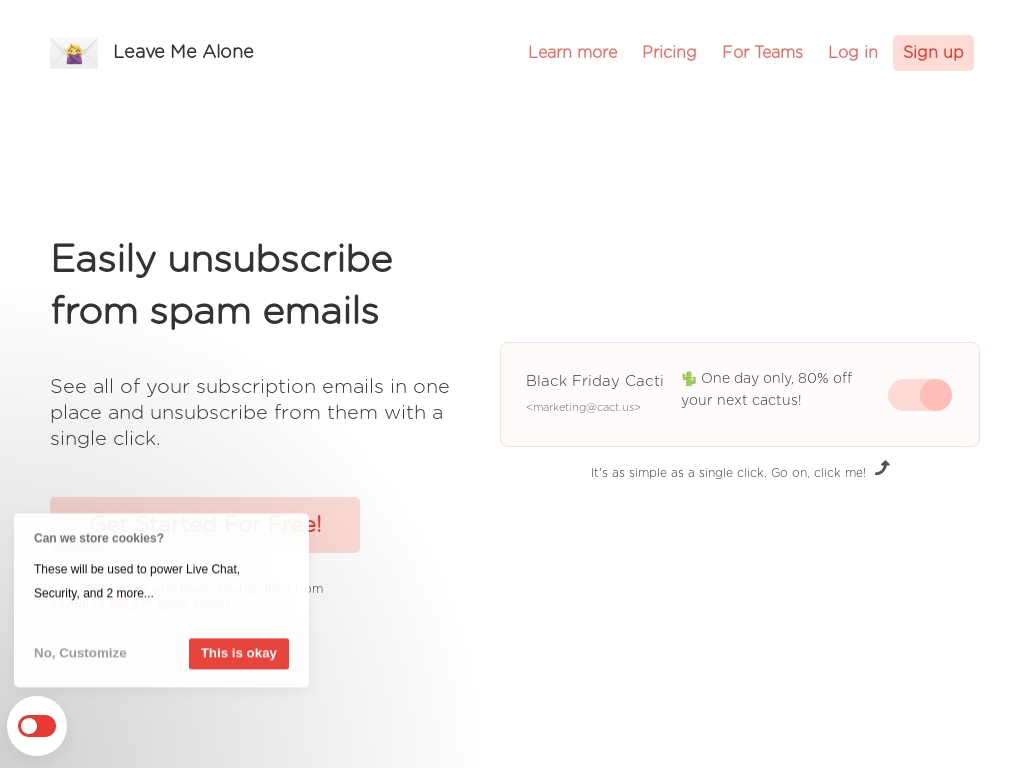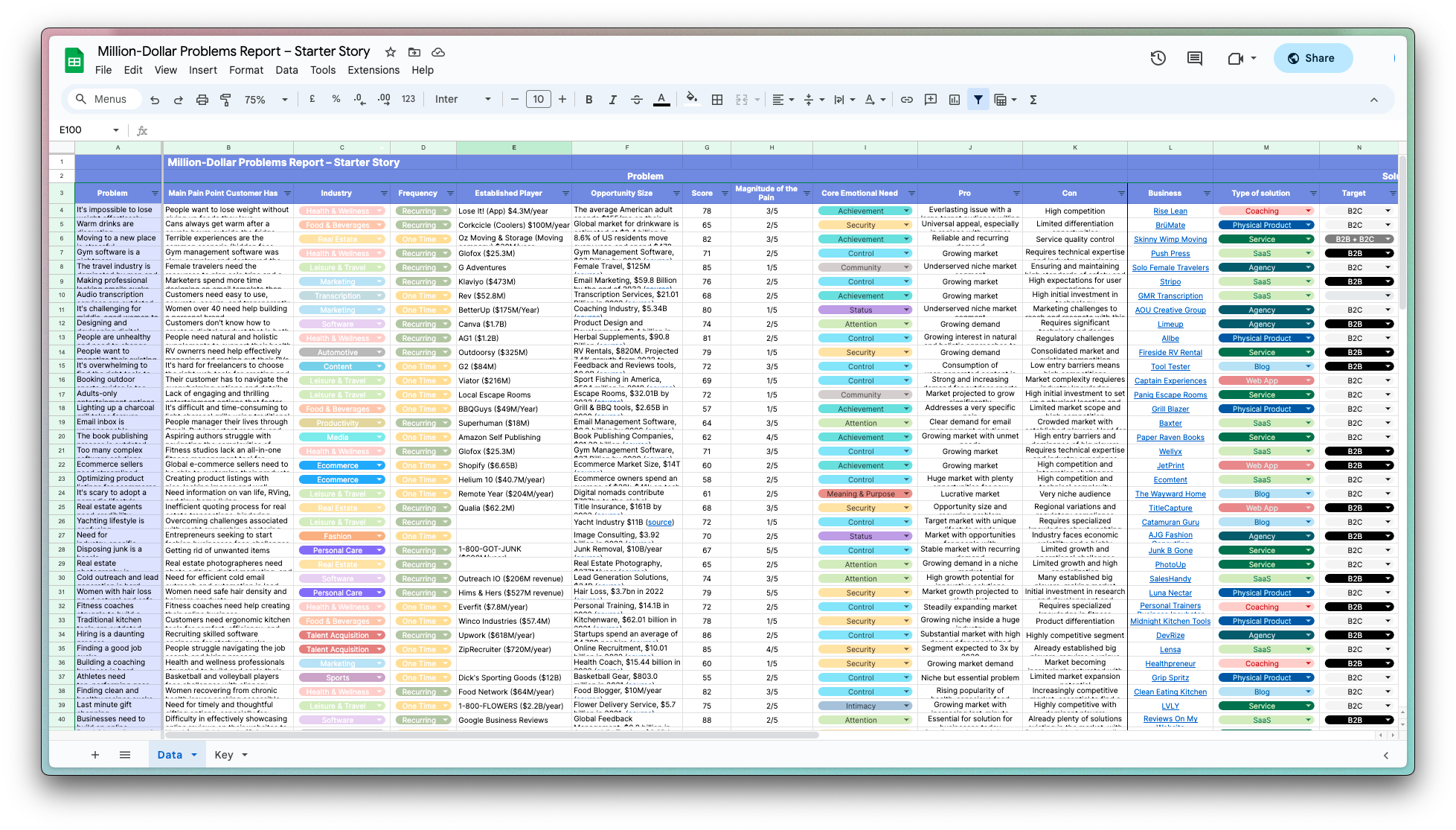
How Sebastian Bootstrapped Habit-Tracking App to $15K MRR in 18 Months
Who is Sebastian Röhl?
Sebastian Röhl, the founder of Habit Kit, is a self-taught mobile app developer from Germany with a background in computer science. Before starting his indie hacking journey, he worked as a software engineer focused on web and cloud development.
What problem does Habit Kit solve?
Habit Kit helps people struggling to stick with new habits by offering a simple, visually motivating way to track progress, making habit-building significantly less frustrating.
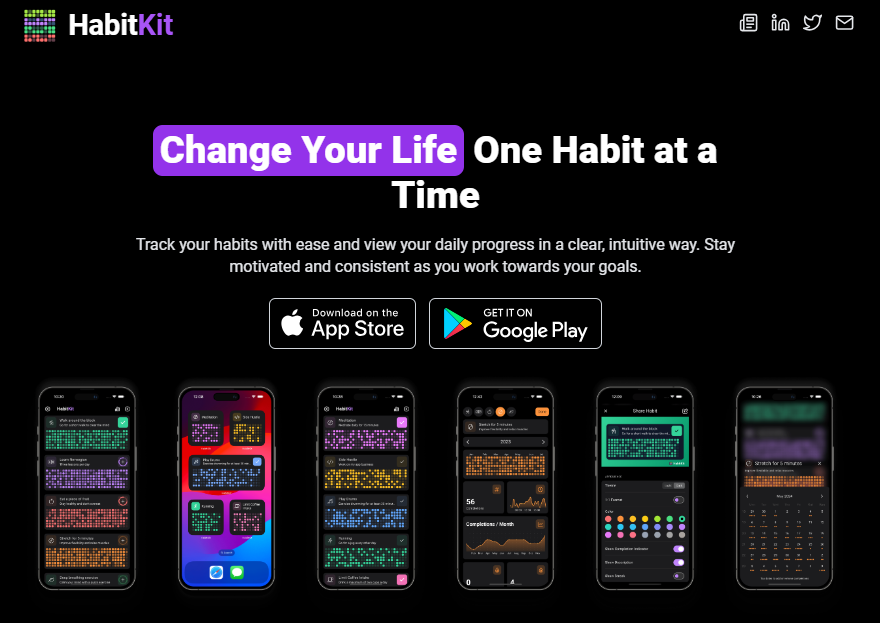
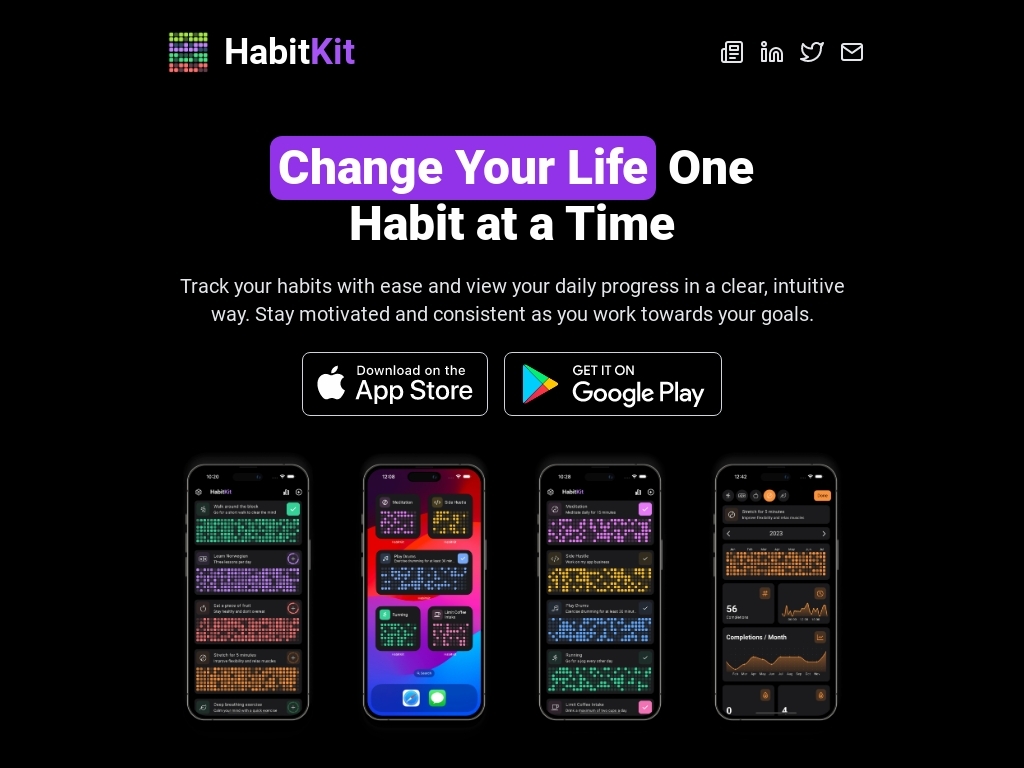
How did Sebastian come up with the idea for Habit Kit?
Sebastian Röhl's journey to create HabitKit began with a simple observation: many of his friends struggled to establish and maintain new habits. Coupled with the popularity of the GitHub contribution graph, he visualized a neat, engaging way to keep habit builders on track. This led him to the idea of developing a habit tracking app that used a visually appealing grid graph to showcase users' progress.
Before diving into development, Sebastian, relying on his technical background and previous experience with app development, aimed for simplicity and user-friendliness. He created a minimalistic interface that would help users easily track their habits. Even as he continued to refine the app, he paid close attention to user feedback, which guided the addition of various features over time, such as notifications and streak tracking.
Despite some initial setbacks with his prior app project, Liftbear, Sebastian persisted, learning valuable lessons about building and iterating on his ideas. His initial validation came from a positive buzz on social media, confirming the app's potential appeal. This motivated him to continue developing HabitKit with a focus on aligning the app's design and features closely with what users truly needed. Sebastian's approach emphasizes the importance of listening to feedback and keeping things simple to ensure the app remains practical yet engaging.
How did Sebastian Röhl build the initial version of Habit Kit?
Sebastian Röhl developed HabitKit, a habit-tracking app, using Flutter, which allows for building apps for both iOS and Android from a single codebase. The development of the initial version took roughly two months, a relatively quick timeline made possible by his prior experience and the decision to build a minimalistic interface focused on a tile-based grid graph for visual consistency tracking. Röhl's approach was hands-on and iterative, starting from a basic offline app that stored data locally and gradually expanding features like notifications and widgets based on user feedback. The building process was challenging as it involved dealing with the uncertainties of app development, learning mobile-specific coding, and refining the user interface—which was particularly demanding due to early limited traction with his previous app, Liftbear.
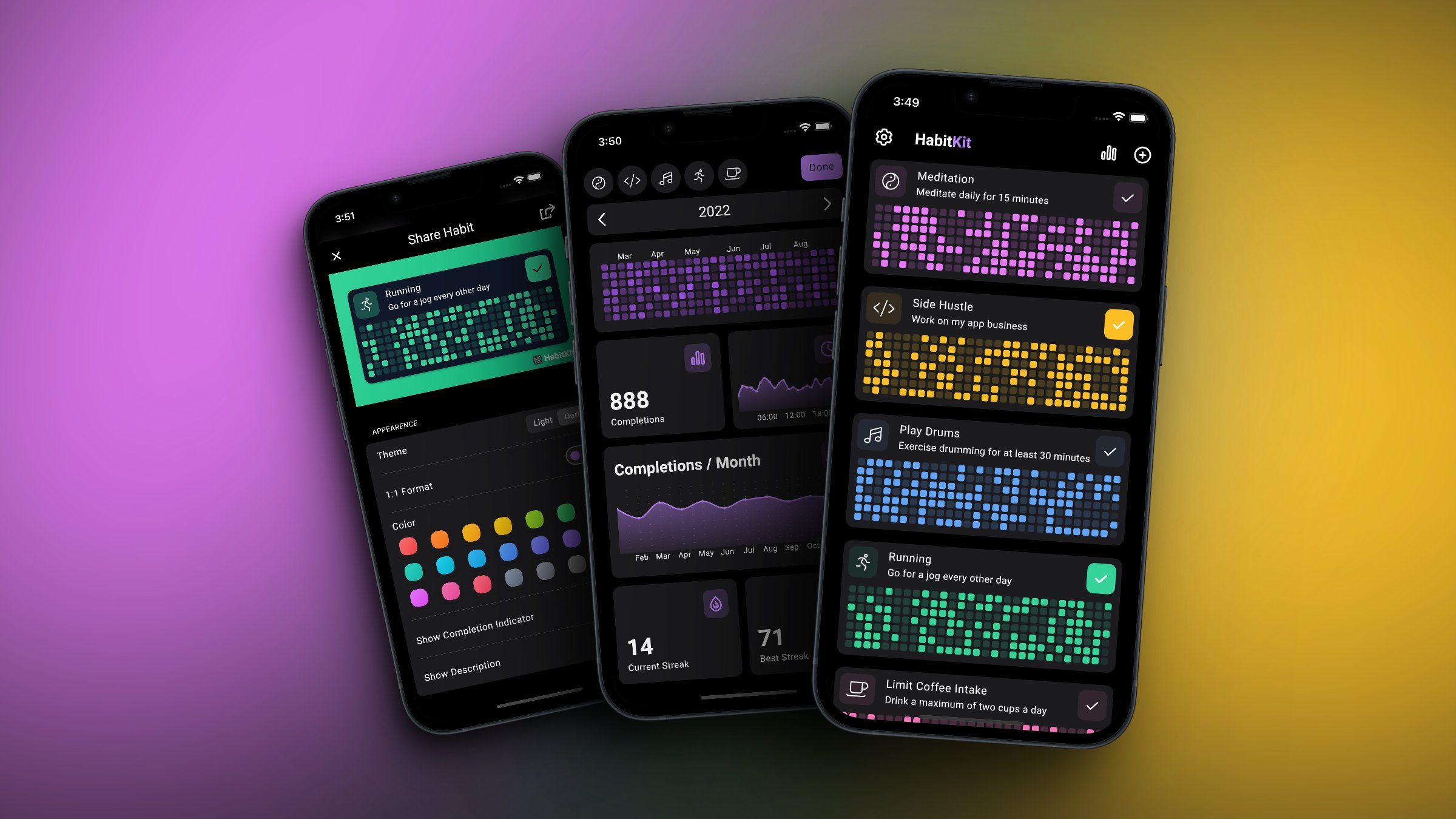
What were the initial startup costs for Habit Kit?
- Website: They spent $50 to purchase the habitkit.app domain for the website.
How did Sebastian launch Habit Kit and get initial traction?
Building in Public
Sebastian Röhl started gaining initial customers for HabitKit by building in public. He shared development updates, screenshots, and insights about his indie hacking journey on platforms like Twitter/X. By doing this, he immersed himself in a community of other builders and creators, which fostered engagement and increased visibility for HabitKit.
Why it worked: Sharing his journey publicly attracted attention and support from the community. The transparency and engagement with other indie hackers offered valuable feedback and helped spread the word about HabitKit. This ongoing interaction also helped in creating a supportive network that contributed to the app’s early success.
App Store Optimization (ASO)
Sebastian put significant effort into optimizing HabitKit’s visibility on the App Store and Google Play by researching and selecting the right keywords. Despite the complexity and uncertainty surrounding the search algorithms, Sebastian managed to gain traction by improving HabitKit’s discoverability through careful ASO practices.

Why it worked: This tactic capitalized on the App Store and Google Play’s existing reach. By ensuring HabitKit ranked high for relevant search terms like "habit tracker," Sebastian tapped into organic traffic, which was essential for attracting new users. The move to the top five for crucial keywords provided a substantial boost in downloads and visibility.
Leveraging Social Media Buzz
Before HabitKit’s official launch, Sebastian posted a picture of the app’s main screen on Twitter/X, which garnered significant attention with around 800 likes. This pre-release activity helped generate buzz and anticipation for the app, contributing to more downloads once it launched.
Why it worked: This approach capitalized on the visual appeal of HabitKit’s user interface. The tweet resonated with potential users and demonstrated product-market fit before the official release. This initial social media buzz served as an effective catalyst for HabitKit’s early growth.
What was the growth strategy for Habit Kit and how did they scale?
Building in Public
Sebastian Röhl, the founder of HabitKit, utilized building in public as a major growth channel. By sharing development updates, screenshots, and insights into his journey on platforms like Twitter (now X), he cultivated a community around his products. This approach not only increased visibility but also engaged a supportive community that provided valuable feedback and helped to spread the word about HabitKit. Engaging with the community of indie hackers enriched his experience and increased the app's downloads through word of mouth and organic visibility.
Why it worked: Sharing the development process in public allowed Sebastian to connect directly with potential users and fellow developers, creating an organic network of support and interest. The public milestones and updates kept his audience engaged and increased visibility, making it easier for the app to find its initial user base. Furthermore, the direct feedback loop enabled continuous product improvement and adaptation based on real user needs.
App Store Optimization (ASO)
ASO played a crucial role in the growth of HabitKit, with careful keyword research and optimization enhancing its visibility on the App Store and Google Play. By ranking for crucial keywords like "habit tracker," the app saw significant growth in organic downloads, driving much of its user acquisition after rising to the top positions.
Why it worked: Proper ASO ensured that HabitKit was easily discoverable by users searching for habit-tracking solutions. Leveraging popular and relevant keywords allowed the app to appear in the search results for users actively looking to develop new habits, thus capturing a targeted audience. Despite minimal changes to the metadata over time, the app maintained strong rankings, getting the most organic downloads from these optimized listings.
Freemium Model with Lifetime License
The app uses a freemium model, offering basic features for free while monetizing premium features through subscriptions and a one-time lifetime license. This strategy allowed users to get a feel for the app before committing to a purchase, thus lowering the barrier to entry for new users.
Why it worked: The freemium model is effective when it comes to attracting new users who are reluctant to pay upfront. By offering valuable features in the free version, HabitKit engaged its users enough to convert a portion of them to paid users. The availability of a lifetime option also catered to users preferring a one-time payment, providing a flexible pricing strategy that accommodated diverse customer preferences.
What's the pricing strategy for Habit Kit?
Habit Kit's pricing strategy is a freemium model with a Pro plan available at $0.99/month, $6/year, or a lifetime license for $15.
What were the biggest lessons learned from building Habit Kit?
- Build in Public: Sebastian Röhl successfully grew HabitKit by sharing progress and updates on social media, which helped build a community and increase visibility. Engaging openly with users and other developers created buzz and provided valuable feedback.
- Embrace Simplicity: Keeping the app simple and focused made it more appealing to users. HabitKit’s straightforward design offered a clean user experience, showing that solving a specific problem well can attract a dedicated user base.
- Learn from Setbacks: After a false start with another app, Sebastian took lessons from his experiences and shifted focus. This shows the importance of refining your approach and adapting based on feedback and initial failures.
- Use ASO Effectively: By focusing on App Store Optimization, Sebastian improved HabitKit’s discoverability. Despite not knowing every detail of the app stores' algorithms, understanding ASO fundamentals can significantly enhance app visibility.
- Adapt to Market Trends: Recognizing the seasonality in the market, such as increased demand for habit apps during New Year's, helped in planning releases and updates strategically for maximum impact.
Discover Similar Business Ideas Like Habit Kit
|
|
Idea
|
Revenue
|
|---|---|---|
|
Excelformulabot
|
AI tool turning text instructions into Excel formulas.
|
$23K
monthly
|
|
Outline Planner
|
iPad digital planner for organized productivity.
|
$3K
monthly
|
|
Session
|
Focus-enhancement app blocking digital distractions.
|
$8.33K
monthly
|
|
Parseur
|
Subscription service for automating email and document data extraction.
|
$40K
monthly
|
|
Gorilla ROI
|
Google Sheets add-on for Amazon sellers.
|
$23K
monthly
|
|
Leave Me Alone
|
"Tool to easily unsubscribe from unwanted emails."
|
$10K
monthly
|
|
The Word Counter
|
"Free online tool for word counting and writing aid."
|
$20K
monthly
|
More about Habit Kit:
Who is the owner of Habit Kit?
Sebastian Röhl is the founder of Habit Kit.
When did Sebastian Röhl start Habit Kit?
2022
What is Sebastian Röhl's net worth?
Sebastian Röhl's business makes an average of $15K/month.
How much money has Sebastian Röhl made from Habit Kit?
Sebastian Röhl started the business in 2022, and currently makes an average of $180K/year.
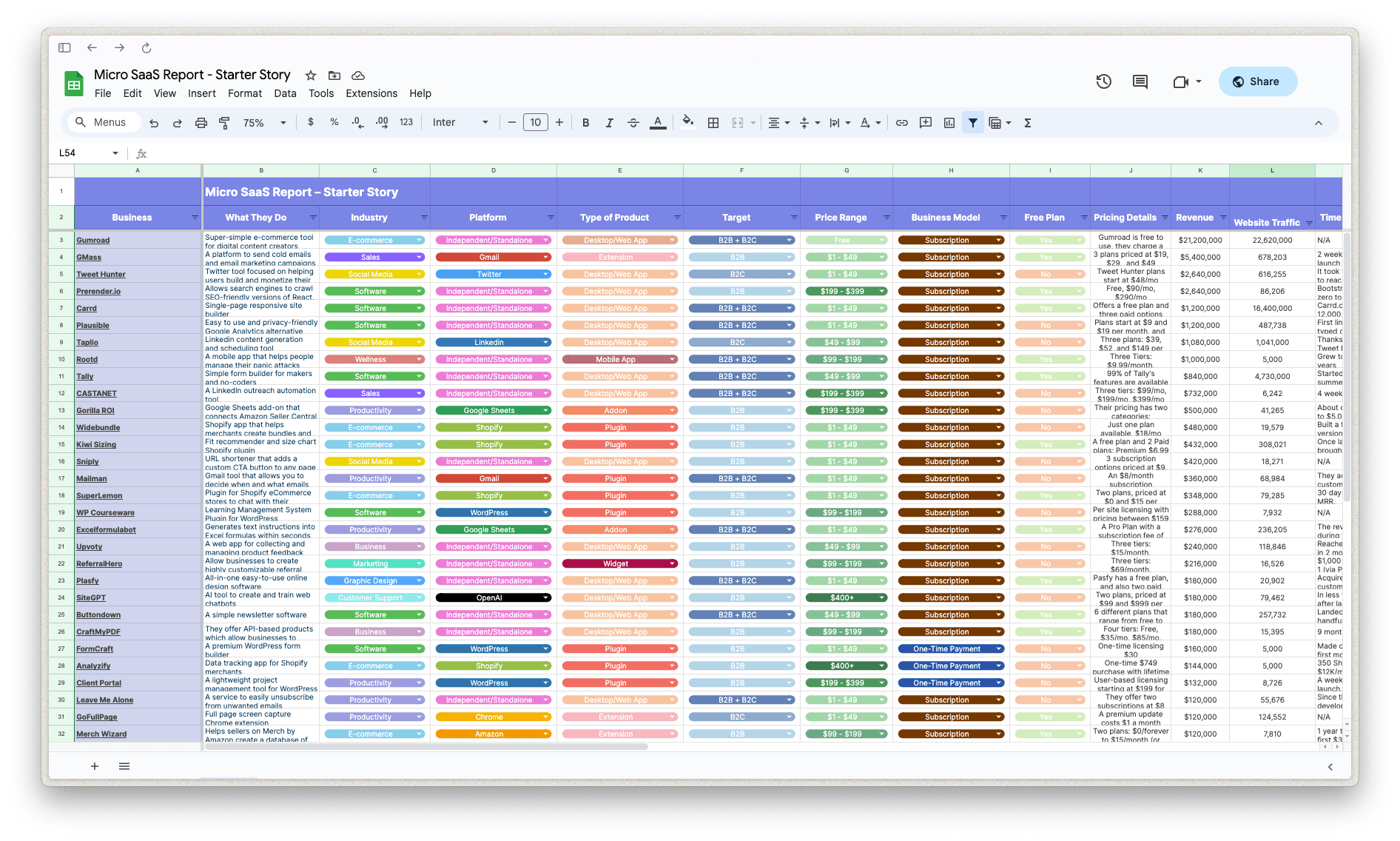
Download the report and join our email newsletter packed with business ideas and money-making opportunities, backed by real-life case studies.

Download the report and join our email newsletter packed with business ideas and money-making opportunities, backed by real-life case studies.

Download the report and join our email newsletter packed with business ideas and money-making opportunities, backed by real-life case studies.

Download the report and join our email newsletter packed with business ideas and money-making opportunities, backed by real-life case studies.

Download the report and join our email newsletter packed with business ideas and money-making opportunities, backed by real-life case studies.

Download the report and join our email newsletter packed with business ideas and money-making opportunities, backed by real-life case studies.

Download the report and join our email newsletter packed with business ideas and money-making opportunities, backed by real-life case studies.

Download the report and join our email newsletter packed with business ideas and money-making opportunities, backed by real-life case studies.
